LibraryEarth & Environmental Science
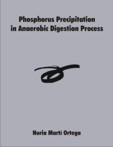
Anaerobic digestion is the most widely process used for the stabilisation of wastewater treatment sludge. Organic matter is transformed into CH4 and CO2 by the action of different bacteria groups. The main advantages are the reduction of the volume of waste sludge and the production of methane gas that can be utilized ...
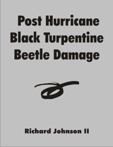
The Louisiana timber industry relies on the availability of harvestable trees. In areas affected by Hurricanes Katrina and Rita, the black turpentine beetle (Dendroctonus terebrans) contributed to the mortality of loblolly (Pinus taeda) and slash (Pinus elliottii) pine trees. This timber loss due to natural causes ...

Simulation modeling is arguably the most versatile scientific tool for predicting the future environment. However, the reliability of model-based predictions is limited to the behavior domain defined by the historical data employed for conceptualizing and calibrating the model. Future changes in external inputs and ...
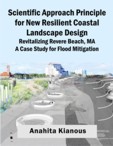
Due to recent climate change, the character of environmental regional planning has shifted to address the anticipated extreme increases in sea level rise. As such, this project, based on existing scientific research/data, proposes a spatial, habitable landscape architectural solution as a model for flood mitigation ...

The Niger Delta is a prolific oil province within the West African subcontinent. Exploration activities have been concentrated in the onshore part of this basin, but as the delta becomes better understood, exploration influences are gradually being shifted to the offshore. Although the geology, tectonics and evolution ...
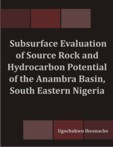
Exploratory activities carried out in the Anambra Basin have revealed that the basin has the potential of generating hydrocarbon. Subsurface core samples obtained from Enugu 1325 and 1331 wells within the Anambra Basin were utilized in this study with the aims of characterizing the organic matter as well as ...
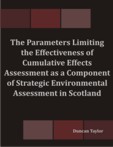
The environmental reports of 12 Scottish Strategic Environmental Assessments have been subject to critical analysis in order to assess the extent to which they include Cumulative Effects Assessment (CEA) as a required component under the SEA directive. The anticipated benefits of assessing Cumulative Effects in a ...
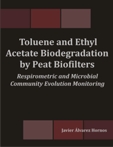
Air streams discharged from industrial sources contain volatile organic compounds (VOCs) for which environmental regulations are being increasingly restrictive. Biofiltration is an environmentally friendly technology for treatment of waste gases containing relatively low concentration of VOCs, because of its ...
